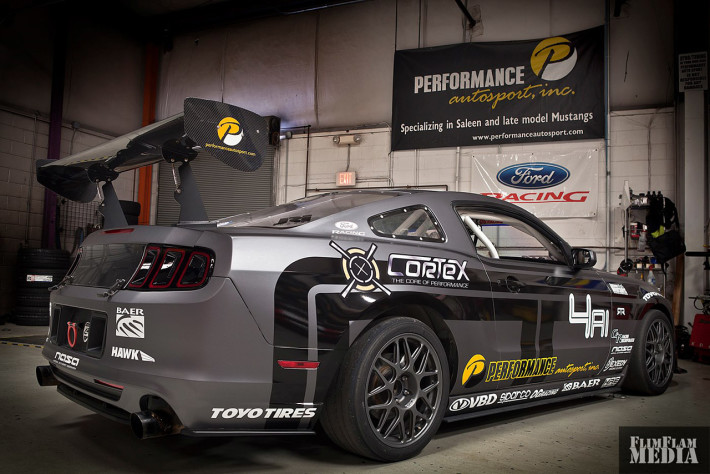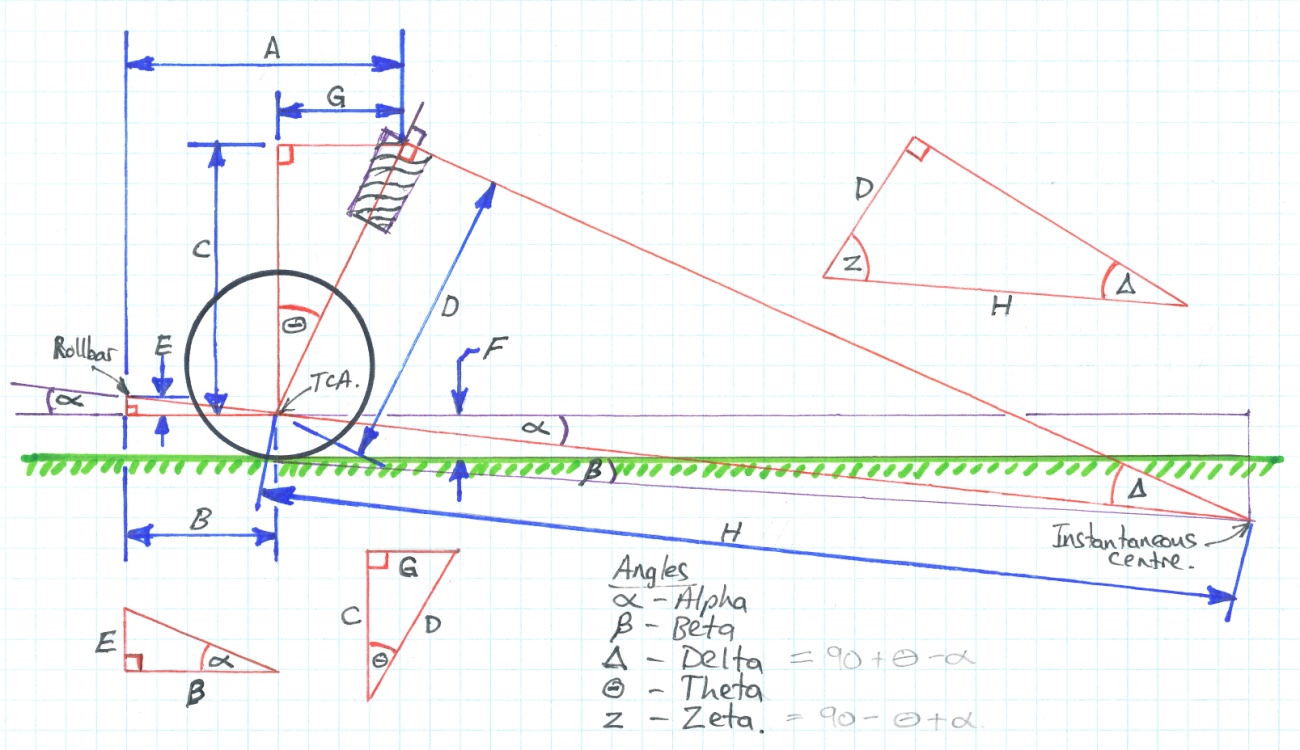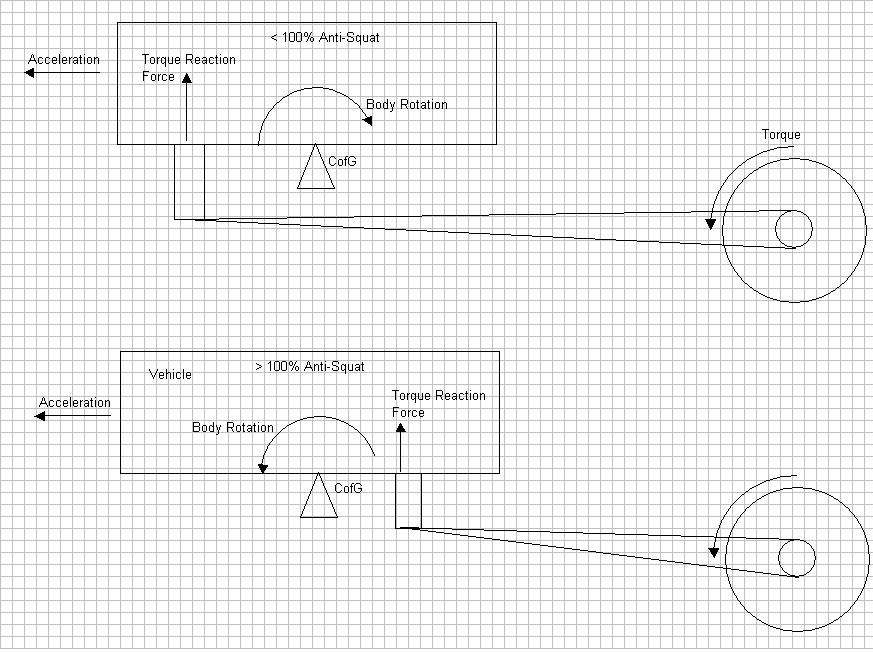Cortex Explains Anti-Squat and Anti-Dive

Filip Trojanek from Cortex Racing is back to explain another phenomena that happens as you drive your Mustang on track. This time, you don’t necessarily have to be road racing to take advantage of the lesson, as we’re learning about Anti-squat and Anti-dive. What are they and how do you take advantage of either? Filip explains it all in the video below.

Anytime the suspension moves as you accelerate or brake, you’re losing potential power – either in braking power or in acceleration power. Anti-dive — which is what your front suspension is trying to counteract, what you feel as you jump on the brakes — is controlled by how the upper or lower arms are positioned in relation to each other, and where they intersect the instantaneous center of the chassis. On a strut front Mustang, it’s where the top of the strut hat and lower arm intersect.

Anti-squat — which is what your rear suspension is trying to counteract and what you feel as you hit the accelerator — is controlled in a similar manner. For older Mustangs with a four-link, the amount of anti-squat is controlled by where upper and lower bars intersect on their imaginary lines towards the center of the car and the instantaneous center of the chassis. On IRS Mustangs, including the 2016, this is done just like it is on the front suspension: by measuring the intersecting lines between the control arms and the instantaneous center of the chassis.
Got it?
Chime in with your thoughts on the forum. >>
Via [/DRIVE]
